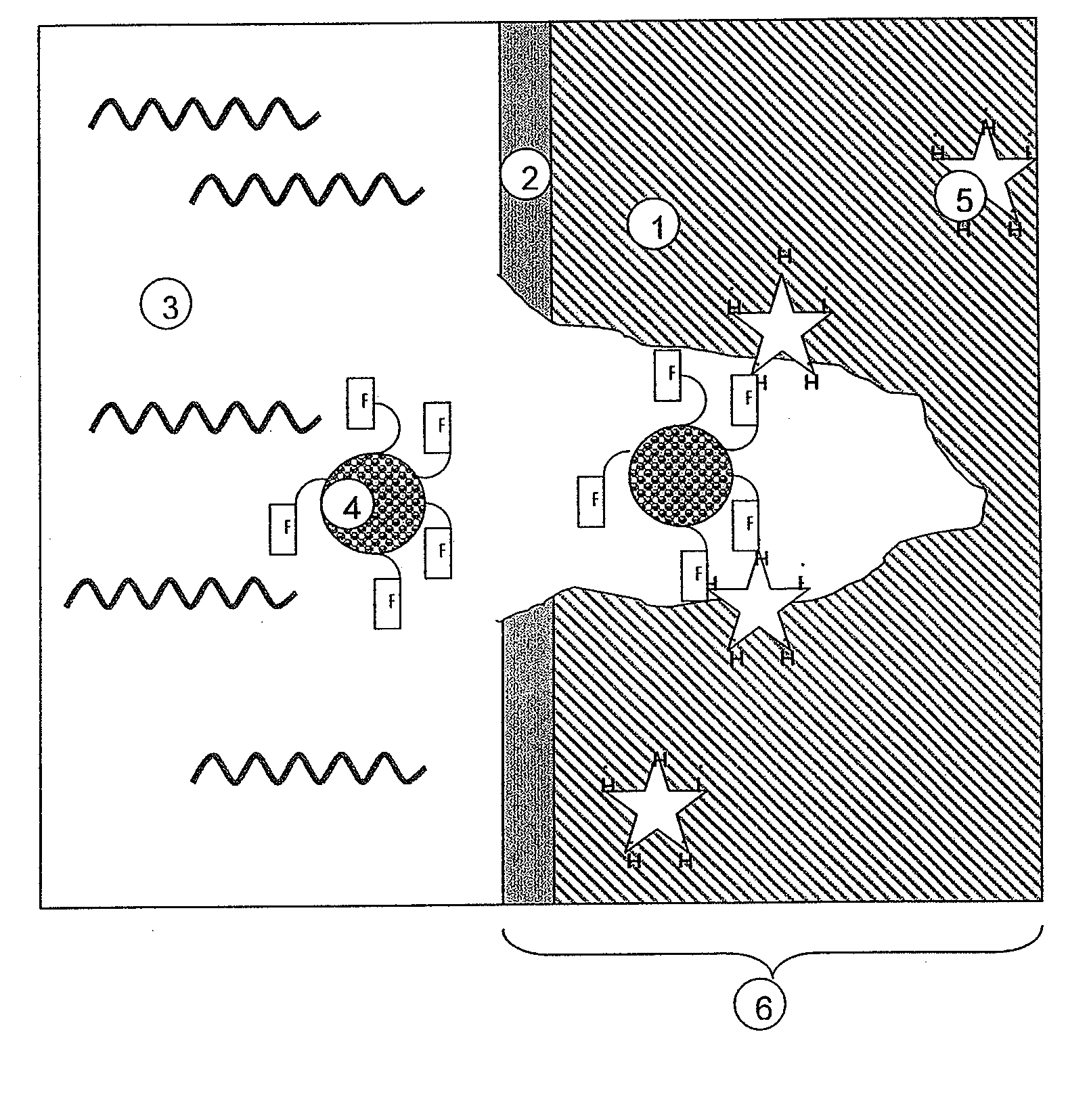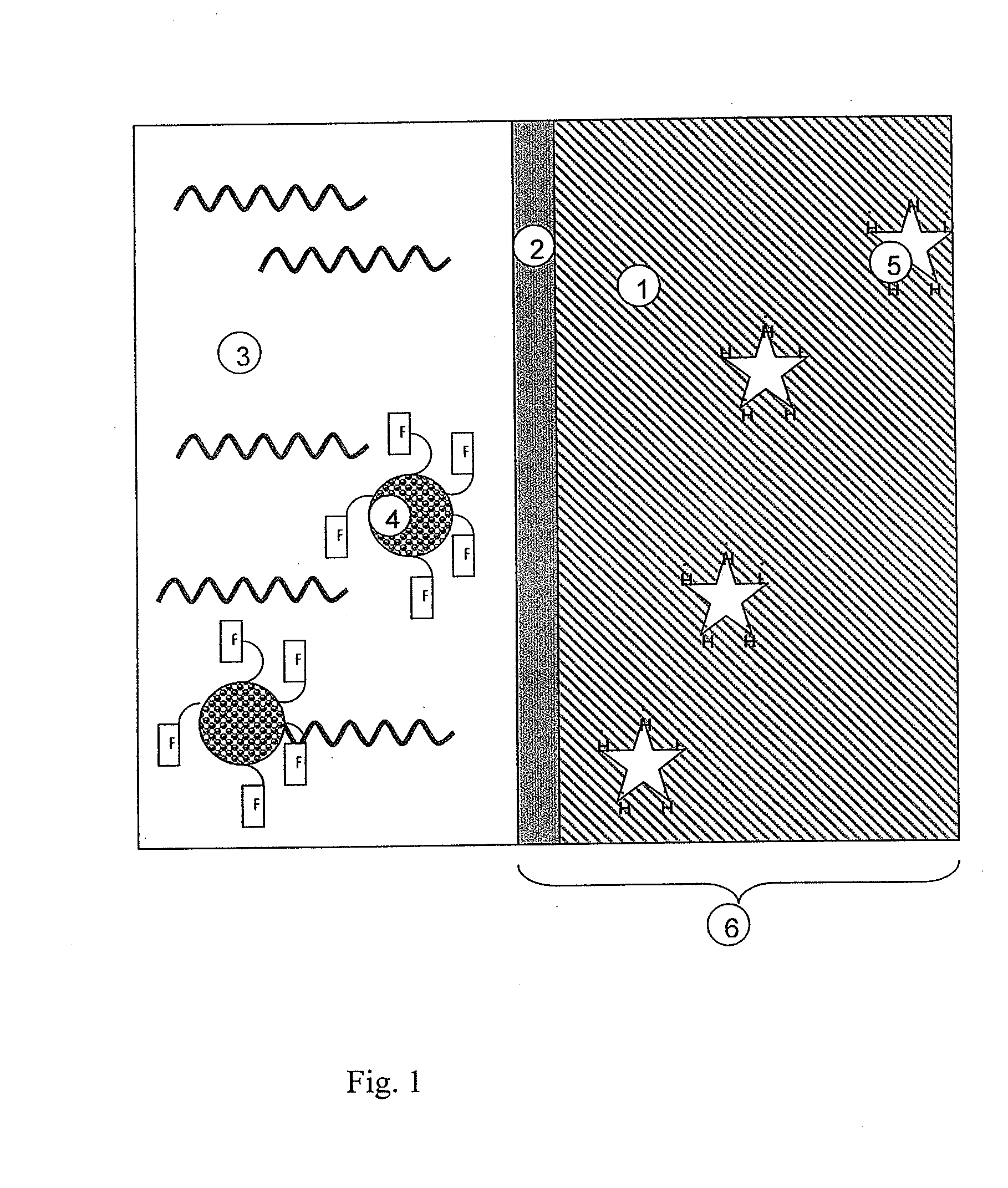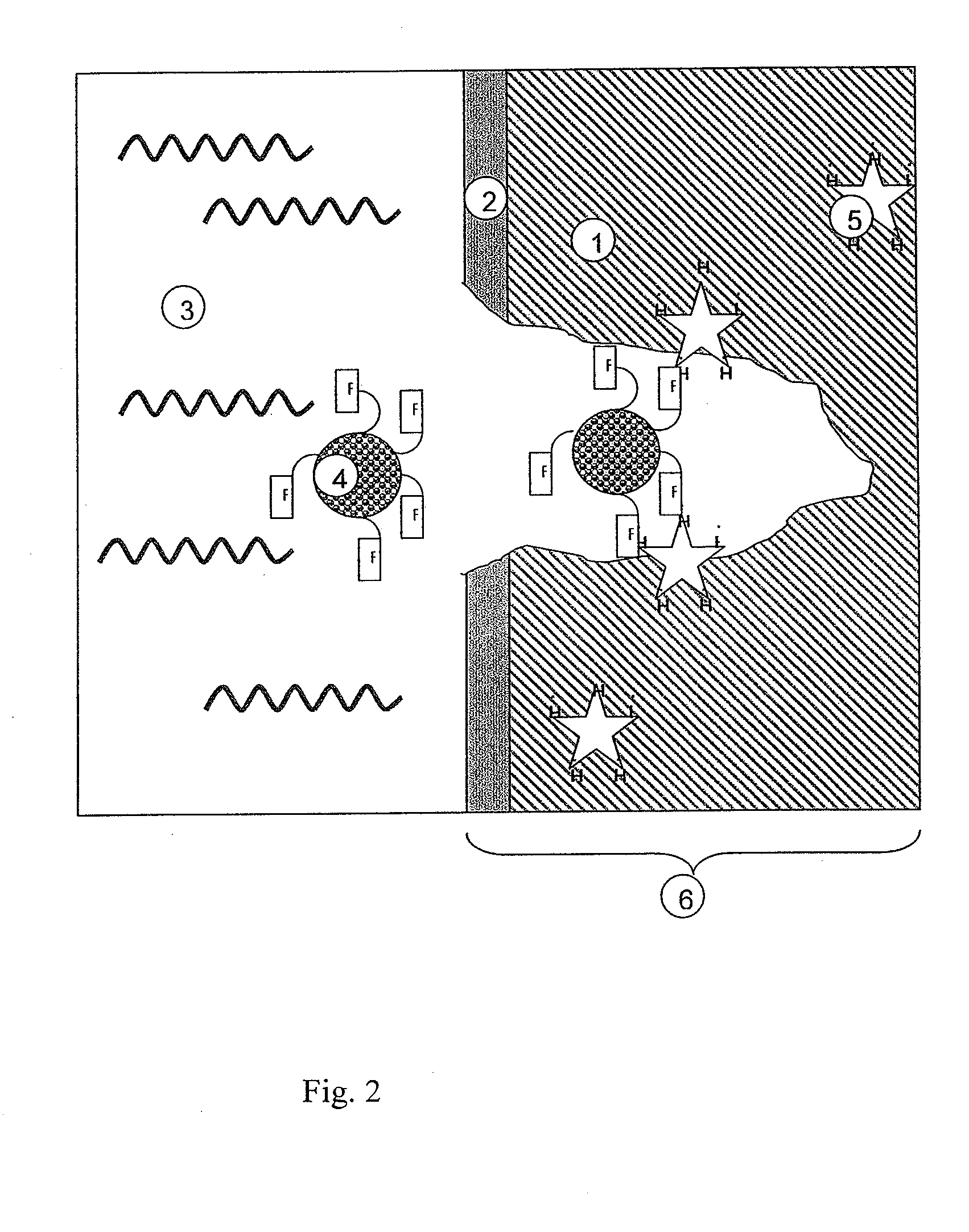Self-healing elastomer system
a technology of elastomer and elastomer, which is applied in the direction of emulsion paints, coatings, etc., can solve the problems of elastomer plastic damage caused by external factors, damage that is particularly problematic, and elastomer structure change in undesirable ways, so as to efficiently heal damage in elastomer
- Summary
- Abstract
- Description
- Claims
- Application Information
AI Technical Summary
Benefits of technology
Problems solved by technology
Method used
Image
Examples
embodiment example
[0072]Composition of an elastomer system in accordance with the invention for a rotary shaft sealing ring in a lubricating oil.
[0073]The elastomer is composed as specified in Table 3. Examples 1 and 2 are in accordance with the invention. The control composition (left column) does not contain a catalyst, so the healing reaction does not take place.
TABLE 3Composition of elastomerControlNo. 1No. 2Krynac 740 1)100phr100phr100phrCarbon black N 55030phr30phr30phrDusantox IPPD 2)2phr2phr2phrStearic acid2phr2phr2phrWingstay 29 3)1phr1phr1phrZnO2 (70%) 4)7phr7phr7phrZBECO-70 4)2phr2phr2phrCLD 4)1.5phr1.5phr1.5phrSulfur2phr2phr2phrDMAP 5)3phr5phr1) Carboxylated butadiene-acrylonitrile terpolymer from Lanxess2) Stabilizer, antioxidant3) Antioxidant4) Vulcanization accelerator5) Self-healing cross-linking catalyst
[0074]Mineral oil-based GE M1-220 N (Klüber Lubrications, Munich) is used as the standard lubricant oil for the rotary shaft sealing ring. 15 wt % Micromorph 20 is added to it as addi...
PUM
| Property | Measurement | Unit |
|---|---|---|
| temperature | aaaaa | aaaaa |
| particle size | aaaaa | aaaaa |
| particle diameter | aaaaa | aaaaa |
Abstract
Description
Claims
Application Information
 Login to View More
Login to View More - R&D
- Intellectual Property
- Life Sciences
- Materials
- Tech Scout
- Unparalleled Data Quality
- Higher Quality Content
- 60% Fewer Hallucinations
Browse by: Latest US Patents, China's latest patents, Technical Efficacy Thesaurus, Application Domain, Technology Topic, Popular Technical Reports.
© 2025 PatSnap. All rights reserved.Legal|Privacy policy|Modern Slavery Act Transparency Statement|Sitemap|About US| Contact US: help@patsnap.com



